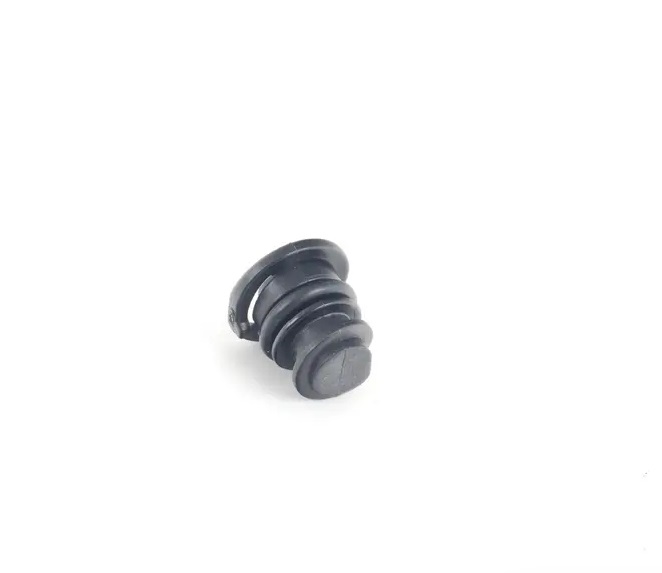Common Causes and Solutions for Oil Filter Adapter Gasket Leaks in Vehicles
Understanding Oil Filter Adapter Gasket Leaks Causes, Symptoms, and Solutions
An oil filter adapter gasket is a crucial component in a vehicle’s engine assembly. It serves as a seal between the oil filter and the engine block, preventing oil leaks and ensuring proper lubrication of the engine components. However, like any other part of a vehicle, the oil filter adapter gasket can wear out and develop leaks over time. Understanding the causes, symptoms, and solutions to oil filter adapter gasket leaks is essential for maintaining engine health and performance.
Causes of Oil Filter Adapter Gasket Leaks
Several factors can contribute to the failure of an oil filter adapter gasket, leading to leaks.
1. Age and Wear Over time, the rubber or silicone material of the gasket can deteriorate due to prolonged exposure to heat, oil, and environmental elements. This aging process can cause the gasket to become brittle, leading to cracks and eventual leaks.
2. Improper Installation If the oil filter adapter gasket is not properly installed during maintenance or replacement, it can create gaps that allow oil to escape. Over-tightening or under-tightening the oil filter can also contribute to improper sealing.
3. Cut or Damaged Gasket During installation, the gasket can be cut or nicked. Even a small imperfection can lead to a significant leak if not addressed.
4. High Oil Pressure Excessive oil pressure can put undue stress on the gasket, causing it to deform or break. This can occur due to a malfunctioning oil pump or clogged oil passages.
5. Contamination Oil contaminated with dirt, debris, or coolant can compromise the integrity of the gasket, leading to premature failure.
Symptoms of Oil Filter Adapter Gasket Leaks
Detecting an oil filter adapter gasket leak early can save vehicle owners from more extensive repairs down the road
. Common symptoms include1. Oil Spots One of the most obvious signs of a leak is finding oil spots or puddles under the vehicle. If an oil filter adapter gasket is leaking, oil may accumulate and drip onto the ground.
oil filter adapter gasket leak

2. Low Oil Level A noticeable drop in the oil level when checking the dipstick can indicate a leak. Regularly monitoring oil levels is crucial for vehicle maintenance.
3. Engine Oil Smell If there is a leak, the smell of burning oil may permeate the cabin, especially if oil drips onto hot engine components.
4. Oil on Engine Surface Oil residue around the oil filter or adapter area is a clear indicator of a leak. A thorough inspection may reveal where the oil is escaping.
Solutions for Oil Filter Adapter Gasket Leaks
If you suspect an oil filter adapter gasket leak, addressing the issue promptly is vital. Here are some steps to take
1. Inspect the Gasket Start by visually inspecting the gasket. Look for signs of wear, damage, or missing pieces.
2. Tighten or Replace If the gasket is loosened, carefully tighten the oil filter or adapter. If it’s damaged, replace the gasket with a new one. Always follow manufacturer specifications for installation.
3. Use the Right Tools Ensure that the correct tools are used during installation to prevent cutting or damaging the gasket.
4. Monitor Oil Levels After making repairs, continue to monitor oil levels regularly to ensure that no further leaks occur.
5. Consult a Professional If you’re unsure about handling the issue yourself, or if the leak persists, it’s best to consult a mechanic. They can provide a thorough inspection and address any underlying problems.
In conclusion, an oil filter adapter gasket leak is a common issue that can lead to significant engine problems if not addressed promptly. By understanding the causes and symptoms, vehicle owners can take proactive steps to maintain their engines and ensure a longer lifespan for their vehicles. Regular maintenance and inspections are key to keeping these crucial components in top condition.
-
The Ultimate Guide to Boat Propeller Bearings and Trailer Wheel Bearings
News Jul.31,2025
-
The Essential Guide to Marine Bearings and Boat Trailer Wheel Bearings
News Jul.31,2025
-
The Complete Guide to Heavy Duty Seals: Protecting Doors and Spaces Efficiently
News Jul.31,2025
-
Essential Guide to Marine Shaft Bearings and Boat Trailer Axle Bearings
News Jul.31,2025
-
Comprehensive Guide to Marine and Trailer Bearings for Safe Boating and Transport
News Jul.31,2025
-
Comprehensive Guide to Automotive Oil Seals: Protecting Your Engine and Shafts
News Jul.31,2025
-
Understanding Automotive Oil Seals: Essential Components for Engine and Shaft Protection
News Jul.30,2025
Products categories















